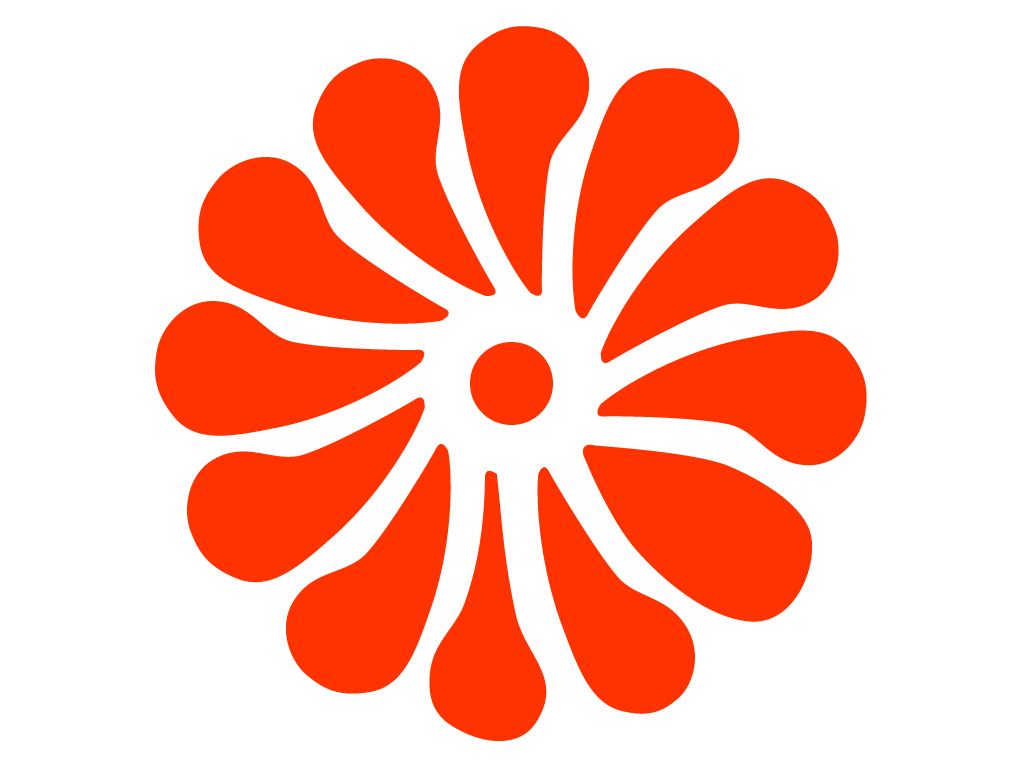Aesculus hippocastanum: The Majestic Horse Chestnut Tree
Aesculus hippocastanum, commonly known as the Horse Chestnut, belongs to the Sapindaceae family, which also includes lychee. This majestic tree is also referred to as Horse Chestnut Buckeye, Conker tree, or Spanish Chestnut.
Origin and Discovery
The Horse Chestnut tree is native to the Balkans, specifically the Pindus Mountains. Its scientific name, Aesculus hippocastanum, is derived from the Greek words “aesculus,” meaning oak tree, and “hippo,” meaning horse, due to its resemblance to the leaves of the Sweet Chestnut or Castanea sativa. This remarkable tree was first discovered in the late 16th century.
Characteristics and Description
Aesculus hippocastanum is a large deciduous tree with a broad crown that can reach heights of up to 39 meters (128 feet). Its dense canopy spreads gracefully, creating an impressive sight. The foliage consists of palmately compound leaves, usually comprised of 5 to 7 leaflets that can grow as large as 30 centimeters each. During autumn, the leaves turn into a beautiful reddish hue, adding a touch of vibrancy to the surroundings.
Flowers and Fruits
In the spring season, Aesculus hippocastanum graces us with its elegant flowers. The blossoms appear in panicles containing up to 50 individual creamy-white flowers, each adorned with a yellow spot. As time passes, the flowers undergo a captivating transformation, changing their color to a striking red. Following the flowering period, the tree produces fruit in the form of green, spiky capsules. Each capsule contains a single seed or nut. It is important to note that these seeds are poisonous, particularly when fresh, as they contain alkaloid saponins and glucosides and should not be consumed.
Cultivation of Aesculus hippocastanum
When cultivating the Horse Chestnut tree, it is important to provide ample space for its growth. Optimal planting locations include areas with full sun exposure or partial shade. The tree thrives in average moist soil that is well-drained. Propagation can be achieved through seed or grafting methods. It is essential to remain vigilant against potential pests such as scale insects and leaf-mining moths, as well as diseases like canker and leaf spots.
Planting: Select a sunny spot with well-drained soil. Dig a hole twice as wide as the root ball and at the same depth. Fill the hole with soil, ensuring it is firmly packed, and water thoroughly.
Watering: Provide regular watering, particularly during the first year after planting. Once established, the tree becomes more drought-tolerant. Deep, infrequent watering during the summer months is recommended.
Fertilizing: Horse Chestnuts do not require heavy fertilization. Applying a light dose of fertilizer in the spring will support new growth.
Pruning: Minimal pruning is necessary for Horse Chestnuts. Remove any dead, diseased, or damaged branches and shape the tree as desired.
Pests and Diseases: Horse Chestnuts generally exhibit resistance to pests and diseases. However, they may be susceptible to anthracnose, a fungal disease causing black spots on the leaves. Treating any signs of anthracnose promptly with a suitable fungicide is advisable.
Winter Protection: Hardy in USDA zones 5-9, Horse Chestnuts may require protection in colder climates. Wrapping the trunk with burlap or covering the tree with a tarp can safeguard it from the cold.
Note of Caution It is important to highlight that Horse Chestnuts are poisonous to both humans and animals. If you have any concerns regarding their toxicity, it is advisable to consult a veterinarian or a poison control center.
Multiple Uses and Precautions
Horse Chestnuts can be utilized to create various products, including extracts, bark, and seeds. However, it is crucial to exercise caution as these products can be toxic if not prepared properly. Consulting a healthcare professional before using any Horse Chestnut-derived products is highly recommended.
Aesculus hippocastanum, with its grandeur and botanical significance, continues to captivate admirers with its stunning flowers and impressive stature. The Horse Chestnut tree serves as a testament to the marvels of nature and reminds us to appreciate and respect the diverse plant life that surrounds us.








